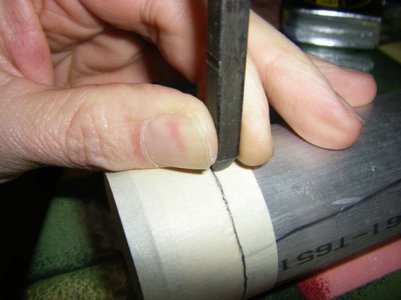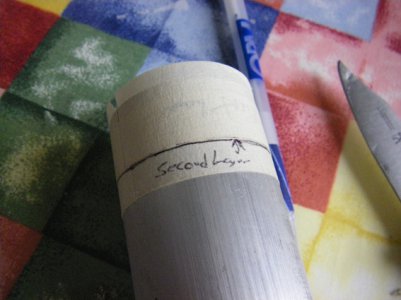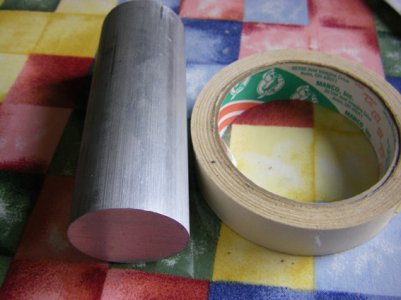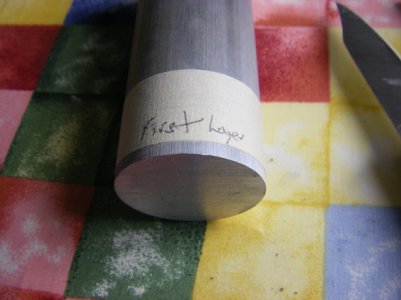- Joined
- Jan 28, 2011
- Messages
- 3,496
How to stamp rifle barrels and machine dials
This is how I stamp rifle barrels and the same way to stamp the numbers on the dial I made for my Atlas lathe.
Wrap masking tape around the dial, making sure to cover the area you are stamping the numbers on. This layer of tape is to give some grip to the stamps when you hit them, they are less likely to slide off.
Next wrap 1 or more layers of masking tape, but don't cover the stamp area. You are using the tape to build a shelf to register the line that the number stamps are going to sit on.
I made a few pictures showing what I mean.
On a rifle barrel you will be stamping in line with the bore in most cases while for the dials around the dial.
Pierre




This is how I stamp rifle barrels and the same way to stamp the numbers on the dial I made for my Atlas lathe.
Wrap masking tape around the dial, making sure to cover the area you are stamping the numbers on. This layer of tape is to give some grip to the stamps when you hit them, they are less likely to slide off.
Next wrap 1 or more layers of masking tape, but don't cover the stamp area. You are using the tape to build a shelf to register the line that the number stamps are going to sit on.
I made a few pictures showing what I mean.
On a rifle barrel you will be stamping in line with the bore in most cases while for the dials around the dial.
Pierre





